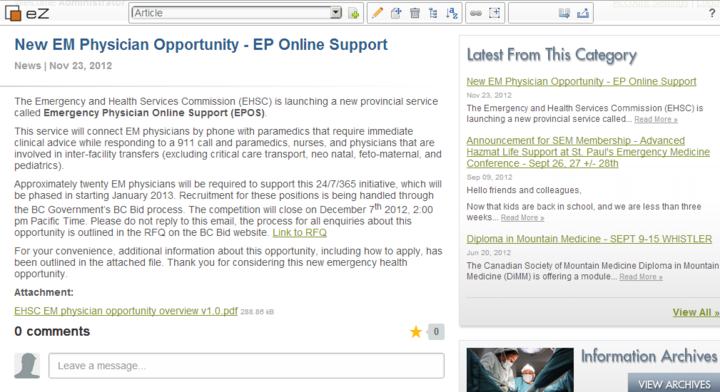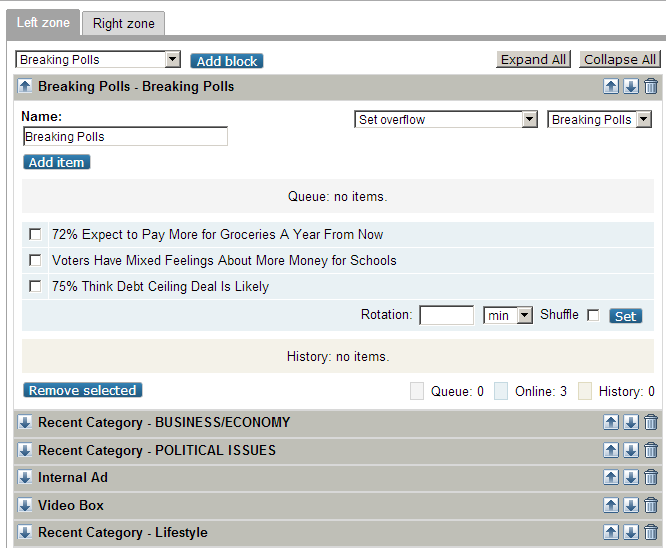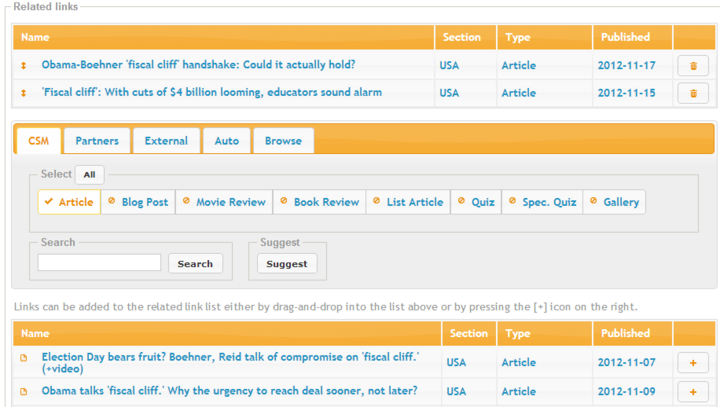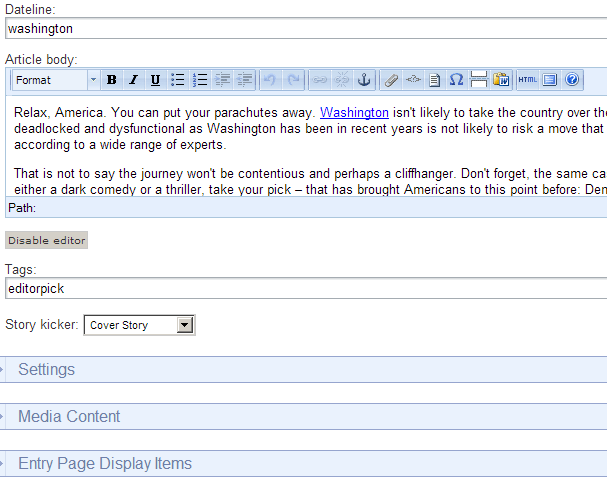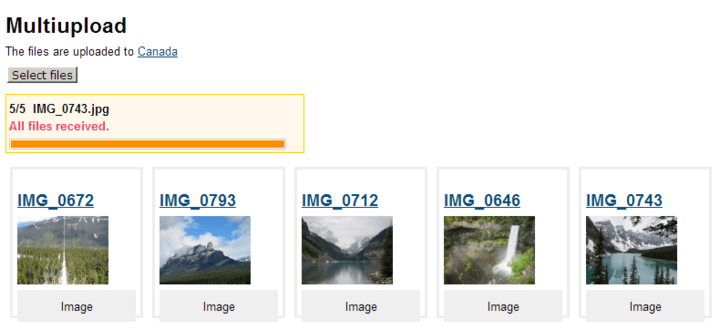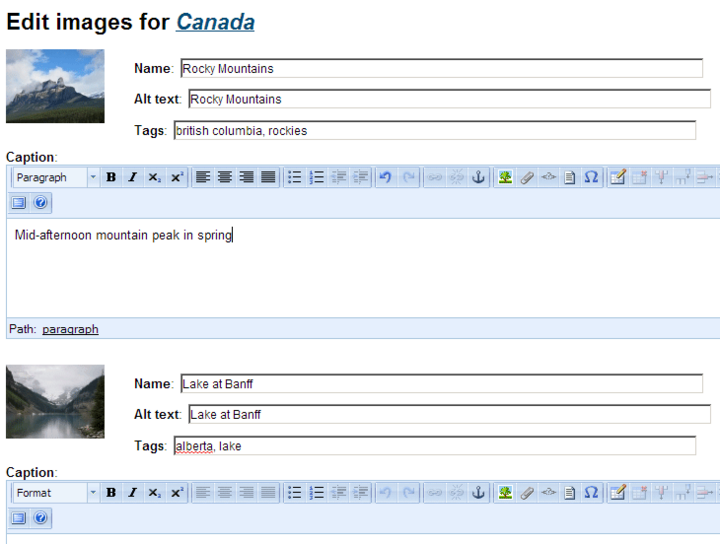10 ways to improve editors' lives in eZ Publish
By: Peter Keung | January 18, 2013 | User experience
Optimizing the editorial experience in a Content Management System is a continuously evolving task. The challenge is to make the CMS an enabling tool to help editors publish content as efficiently as possible. In many organizations, specific requirements at each publishing step can be complex and dynamic. Here are 10 built-in tricks, ways to extend the interfaces, and ready-made custom extensions to unleash the power of eZ Publish content management.
1. Built-in tools
The Website Toolbar is an editing toolbar that provides content management functionality on the front-end of the site. This way, editors can browse the site in the context of a normal site visitor and perform edits, sorting, moving, content creation, and more.
eZ Flow is an extension specifically designed to manage dynamic landing pages. Pages are broken into dynamic blocks where editors can manually or automatically populate top stories, interactive widgets, category-based article listings, and much more.
2. Online Editor
The Online Editor is a TinyMCE-based WYSIWYG rich text editor with which you can embed images and other content and format text. There are many ways to customize the Online Editor to suit editors' needs:
- Simplify formatting options: An article body might require the full set of formatting options, whereas a summary might only need the ability to format with bold and italics. You can configure the set of formatting buttons per field.
- Simplify dialogs: The interactive dialogs in the Online Editor are powered by eZ Publish's template system. This means that you can override any dialog windows to provide only the options that are relevant.
- Custom tags and custom buttons can be added to extend the default Online Editor functionality for something as simple as embedding YouTube videos to more complex integrations with external systems.
3. Related content
The enterprise search extension eZ Find has a "more like this" feature to auto-populate lists of related content based on the content in the search index.
Tagging can be done in a manual way per article, or in an automated way by having an external service analyze article content and automatically produce relevant tags.
To help editors find internal and external related content, you can enhance the editorial interface to suggest related content but still allow editors to manually pick which content to relate.
4. Enhancing field editing
eZ Publish has an auto-save feature that can save the day if you experience temporary network issues or accidentally close the editing window, for example.
You can group content fields together and hide certain fields by default so that editors can focus on the fields that are relevant to the task.
5. Multi-upload
There are many extensions available, such as eZ Multiupload, plupload, and Smile Upload, that provide an interface to upload multiple files at once and automatically create many content objects in the same action. For example, you can quickly populate gallery images.
6. Multi-edit
Editing many content objects in the same step can save countless hours and clicks. With a bit of custom code, you can extend the content update functions to support the editing of multiple objects on one page.
7. Forms
A common site requirement is to have forms, whether it's as simple as a contact from with a text field, or a multi-page survey with complex question types.
eZ Publish has had an "information collection" feature for many years, and there is a comprehensive article on how to use it.
eZ Survey is a more advanced forms extension, which puts much more customization of form details in the hands of the editor. It is also quite easily extensible to add new question types. (Mugo Web has publicly released matrix, page break, country, and state question types.)
8. Editorial workflows
eZ Publish has a built-in approval workflow that works well for many basic cases. With the relatively new addition of the object states concept, you have even more control over publishing workflows.
Mugo Web has created an extension called eZ Collaboration Workflow to handle more complex use cases. It supports parallel and linear approval workflows, different workflows per site area, e-mail notifications, discussions, an audit log, and a dashboard.
9. Other workflows
The eZ Publish workflow system extends beyond approval workflows. For example, there is a subtree notification system where users can subscribe to different parts of the site to get notified whenever there is an update. You can extend this to support more complex subscriptions, such as by tag or category. More complex workflows can integrate with third-party systems, for e-mail marketing (such as with Constant Contact), customer relationship management (such as with Salesforce), e-commerce (such as with payment and inventory systems) and much more. This way, editors only have to work with content in one system and have it automatically communicate and update other systems.
10. Completely new interfaces
While most of the above deals with customizations to default eZ Publish editing interfaces, there are also completely new interface approaches. eZ Publish 5 has a re-skinned Administration Interface, and there are also extensions that present completely new editing interfaces, such as eZ Exceed and Multitasking One.
Beyond content management!
The list above is by no means an exhaustive one in the realm of content management. There is also even more to consider beyond pure content management, for example with A/B testing and site analytics. eZ Systems has some promising solutions in those areas with the eZ Odoscope and eZ Live Viewer extensions.
Note: the material for this post is based on a video presentation that you can view below or at the eZ Americas Meetup group.

